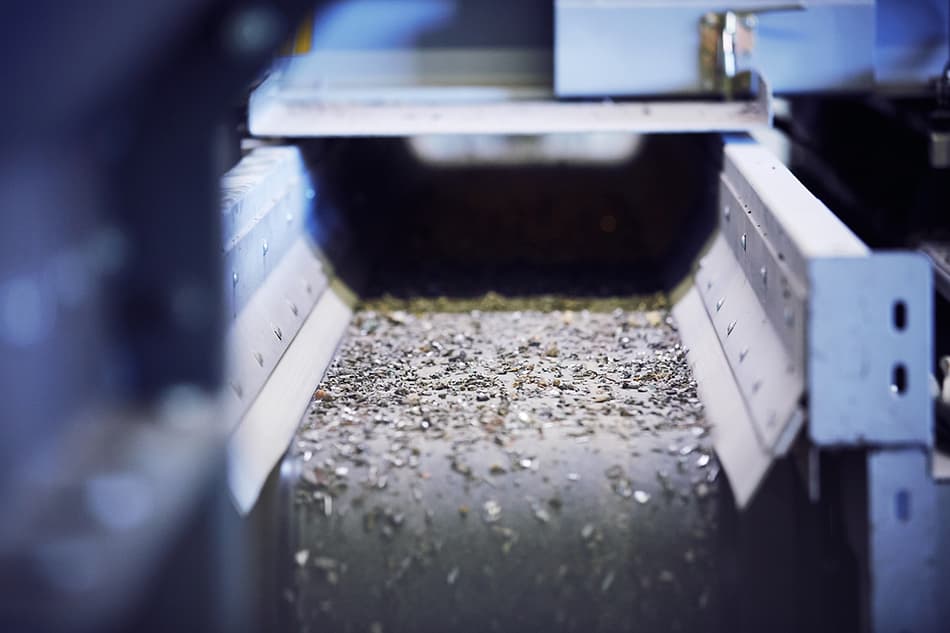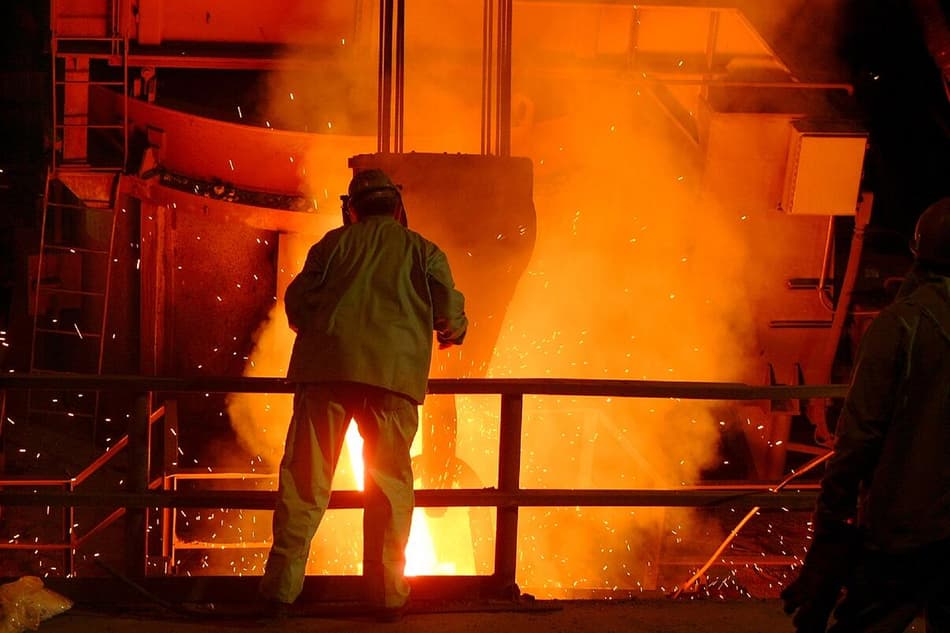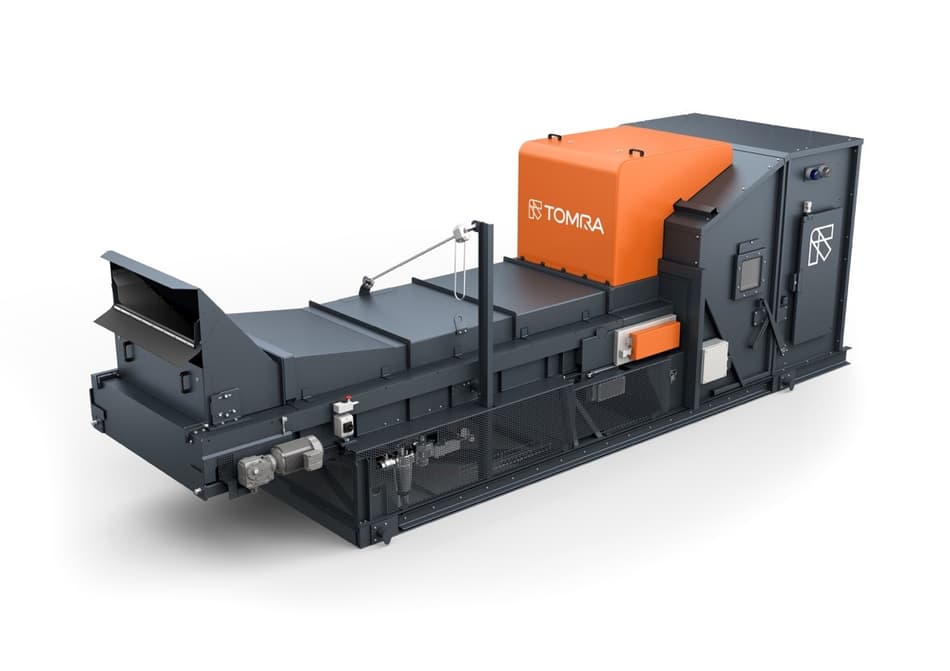Maximum sorting efficiency and increased scrap aluminum quality
"Aluminum is a light metal with a bright future, and its production is tending to increase, as the material largely replaces steel in many applications thanks to its strength and low weight. A clear example is the automotive sector and even more so in electric cars, where weight reduction is crucial," says Brian Gist, Sales Director Metals at TOMRA Sorting Recycling.
Therefore, when using recycled material, quality control is essential. This process starts with the scrap aluminum recyclers, as they supply raw materials to the aluminum producers. However, the latter must verify that the materials they have purchased meet the respective quality requirements. Both recyclers and producers must, therefore, be involved in the improvements in the classification of materials.

TOMRA's XRT technology, quality assurance and other benefits for scrap processors and secondary smelters
TOMRA Sorting Recycling's XRT technology facilitates the classification process and optimizes the efficiency of sorting secondary aluminum raw material. This applies to those who use aluminum scrap consisting of several alloys and heavy metals, including Copper (Cu), Zink (Zn), Iron (Fe), Magnesium (Mg), Silicon (Si), etc.
"Prior to the melting process of secondary aluminum, our XRT technology separates the heavy metals from aluminum alloys containing more than 2% heavy metals before entering the furnace. Each aluminum alloy contains a certain percentage of other metals, which must be constantly controlled to ensure that the chemical composition of the product meets the required specifications.
In this way, aluminum producers control the quality level before the material enters the furnace and avoid the loss of castings due to heavy metal peaks exceeding the maximum allowable content of these elements," Brian Gist points out. "TOMRA’s technology becomes a second control barrier after the materials have been processed by the recyclers".
This secondary aluminum production using scrap material recycling has a fundamental positive role in the recycling economy. It increases recovery rates and delivers a high quality end product with a lower carbon footprint, since it requires lower energy and raw material costs compared to the primary aluminum smelting process. The latter uses bauxite ore as a raw material and requires high energy consumption and complicated physico-chemical processes.
TOMRA’s XRT technology even compounds the advantages when used by refiners and remelters. Using the sorting technology in the process can lead to a reduction in the purchase costs of the raw material (scrap), firstly because the materials do not have to have an excessively strict composition and secondly because less is processed. Thus, scrap can be bought at a lower price with a lower quality and subsequently cleaned by X-TRACT technology. "Secondary smelters, who are particularly interested in separating scrap to pure fractions, now have the possibility of buying raw materials at a lower price and sort it with TOMRA’s XRT technology to achieve the desired quality level. A very favorable option,” clarifies Brian Gist.
Apart from cleaning scrap, they can moreover produce new fractions, for example by separating the crankcase from the profile.

In the words of Brian Gist: "We believe the trend today is for aluminum producers to continue to develop their processes for separating raw materials. It has even partially replaced the work of the recyclers in terms of material differentiation, creating new qualities that are always adapted to their needs".
Not using a technology such as the XRT from TOMRA involves several risks if the material does not meet the required specifications in terms of composition and grain size. The final product may not achieve the desired properties. Furthermore and in order to compensate for this quality deviation, other types of materials have to be added during the refining process.
For example, a process of dilution and/or addition of various additives may be required, which results in very high costs per ton of the final product produced. In short, significant economic losses, as well as greater instability and lack of control at the kiln entrance are to be expected.
What XRT technology means for remelters and refiners
Today, there are a variety of systems used by the aluminum industry or by the supplying scrap companies to process the material: XRT technology, dense media separation, densimetric tables and even manual separation. This range of possibilities leads to the creation of materials of very different origins and with very different qualities. In fact, many processors of scrap have their own quality laboratories with melting furnaces, and results are often sent to the scrap customers to prove both traceability and compliance with the required quality standards. In this sense, TOMRA's XRT technology is a fundamental tool to achieve consistent product quality and to generate new fractions with higher added value, allowing the recyclers to sell their products at a much higher price/tonne.

X-TRACT and X-TRACT X6 FINES from TOMRA, efficient sorting for aluminum producers and recyclers
TOMRA has two models that incorporate XRT technology: the X-TRACT and the X-TRACT X6 FINES. Firstly, the TOMRA X-TRACT enables sorting by recovering ready-to-melt aluminum fractions with a purity of 98-99%. With its XRT technology, it also enables substances to be separated according to their atomic density, regardless of their color and surface impurities. TOMRA's X-TRACT X6 FINES identifies and classifies grain sizes that are almost half the size of those that could previously be processed (between 5 and 40 mm). In addition, the heavy metals separated with this device can be further separated by the COMBISENSE BELT system by colour, brightness and shape.
The operating costs of TOMRA's sensor-based dry sorting systems are significantly lower compared to a system with dense media that uses water and additives. Additionally, dry sorting makes the necessity for water treatment obsolete.
"In short, these flexible devices (easy, fast and simple sorting program changes from the control panel) and agile operation (on-off without waiting time) are ideal to meet the new challenges and needs of the market. In addition, they allow control of the percentage of heavy metals entering the melting process. In this way, they control the final quality of the product and therefore avoid exceeding the permitted limits of these heavy metals, which, if not controlled, could cause "non-conformity" of the casting, with great economic consequences," concludes Brian Gist.
The challenge lies in separating Aluminum and Magnesium
Both in the U.S. and Europe, scrap consumers are increasingly facing the challenge of producing pure aluminum end products that are free of not only heavy metals but also of light fractions, such as magnesium. “Magnesium makes up between 1% and 4% of a typical scrap aluminum fractions and is regarded as an unwanted contaminant in the scrap mix, which in the end makes it difficult for recyclers to sell. Especially in the U.S., secondary aluminum smelters require Zorba to be magnesium free in oder to better sell it within domestic markets”, states Frank van de Winkel, Business Development Manager, Metal.
Van de Winkel moreover adds: “Due to magnesium and aluminum being similar in density, technologies have difficulties in clearly differentiating between these materials in order to separate them. To this end, removing magnesium from aluminum scrap is still a challenge that requires advanced technology.”
